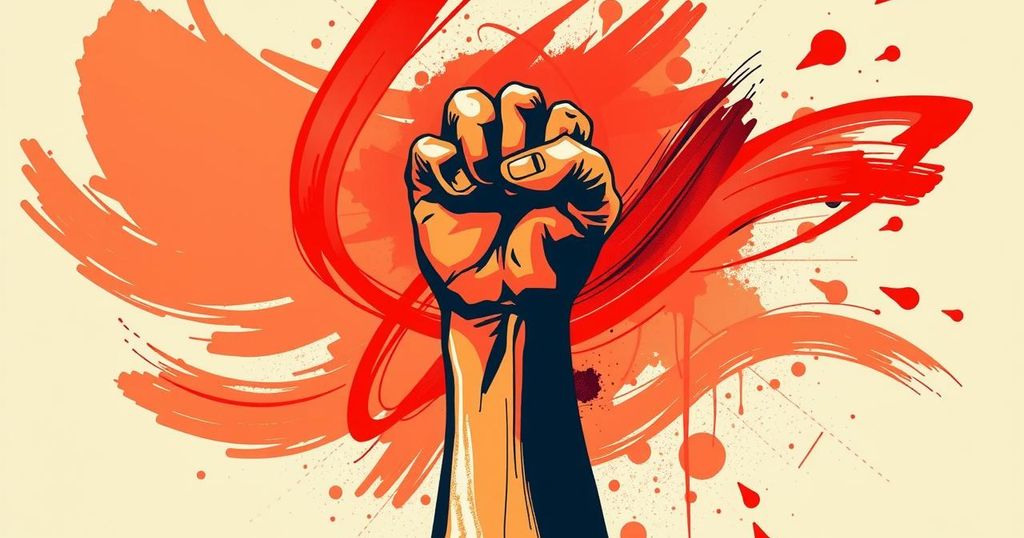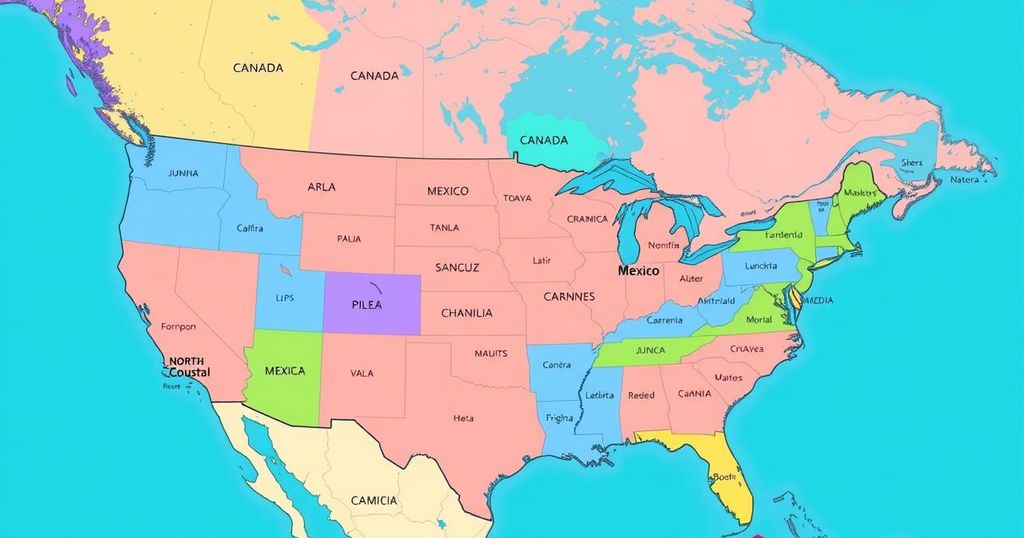Women in Iran are facing a severe economic crisis exacerbated by corruption and sanctions, leading to increased poverty and job losses. The ‘Women, Life, Freedom’ movement is a response to systemic repression, inspiring women to fight for their rights amidst societal and economic challenges. Despite some governmental promises to support women’s rights, many women continue to experience exploitation in the workforce, highlighting the need for meaningful change.
Iran is currently grappling with a severe economic crisis exacerbated by corruption, mismanagement, and international sanctions. The reimplementation of the U.S.’s “maximum pressure” campaign by President Donald Trump aims to reduce Iran’s oil exports and destabilize its currency. Citizens, such as Narges, a 36-year-old artist from Sistan and Baluchestan, are acutely feeling the financial strain, reporting a decline in their living standards each month.
Narges and her contemporaries, despite facing stringent labor market restrictions, are utilizing online platforms to earn a living from home-based businesses. Many women rely on these incomes to support their families, particularly in the context of employment challenges in the service and craft sectors due to dwindling clientele. The repercussions of the economic crisis have disproportionately affected women, as they often bear the burden of budgetary decisions within households.
The Iranian currency has dramatically depreciated by approximately 50% under President Masoud Pezeshkian’s administration, leading to an inflation rate of 31%. A report from the Iranian Majlis Research Center indicates that over 30% of the population struggles to meet basic needs. Union activist Simin Yaqoubian highlighted the dire situation of working women, particularly single mothers, during an interview, emphasizing their struggle to sustain livelihoods.
Although there has been an increase in female representation in the government, practical improvements in women’s rights remain elusive. According to Yaqoubian, women continue to experience systemic exploitation, working longer hours for lesser pay. The overall economic participation of women in Iran stands at a mere 14.38%, a figure significantly lower than that of neighboring countries, which is indicative of deeper issues within the labor market.
The economic environment has led to job losses for many women, such as Maryam, a 36-year-old political scientist affected by health issues. The lack of flexible employment options for women with health constraints complicates their circumstances, as illustrated by her reliance on family support for medical expenses amid rising costs. The increasing economic strain is sharply felt by middle-class families as well.
In addition to economic challenges, there is escalating state pressure on activists and organizations advocating for women’s rights. Marzieh Mohebi, a lawyer and founder of the Sora Women Lawyers Association, shared her experiences of persecution after her organization faced scrutiny from authorities. Mohebi’s commitment to helping women has led her to seek refuge abroad, emphasizing the oppressive atmosphere faced by rights activists.
The “Women, Life, Freedom” movement has emerged as a beacon of hope and resistance against oppressive societal norms, particularly following the death of Jina Mahsa Amini in police custody. This movement has galvanized women, especially the youth, to defy established dress codes and demand significant political change. Despite state reprisals, there is a noticeable increase in women rejecting the compulsory hijab and advocating for personal autonomy in both urban and traditionally conservative regions.
As noted by Narges, societal attitudes are shifting as families in Baluchestan and elsewhere begin to allow daughters greater agency over their choices, signaling a beginning of transformative change. The collective efforts of women, driven by the “Women, Life, Freedom” movement, symbolize resilience and hope for meaningful progress in their fight for rights and recognition amidst severe economic and social challenges.
The plight of women in Iran amid the ongoing economic crisis reflects a struggle for rights, dignity, and autonomy. Economic pressures have severely impacted families, particularly women, who bear the brunt of financial strain and job losses. Despite facing systematic discrimination and state repression, the grassroots “Women, Life, Freedom” movement signifies a pivotal moment for women in Iran, heralding a new wave of social change and empowerment. The resilience of women like Narges and Mohebi continues to inspire hope for a future where their rights and voices are recognized.
Original Source: www.dw.com




